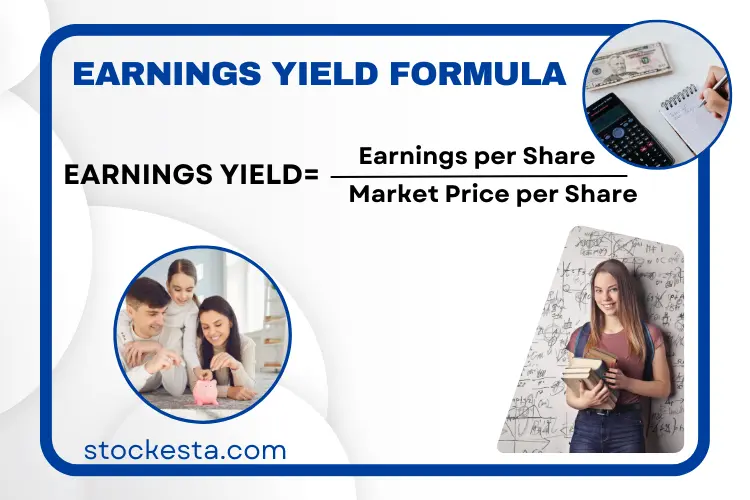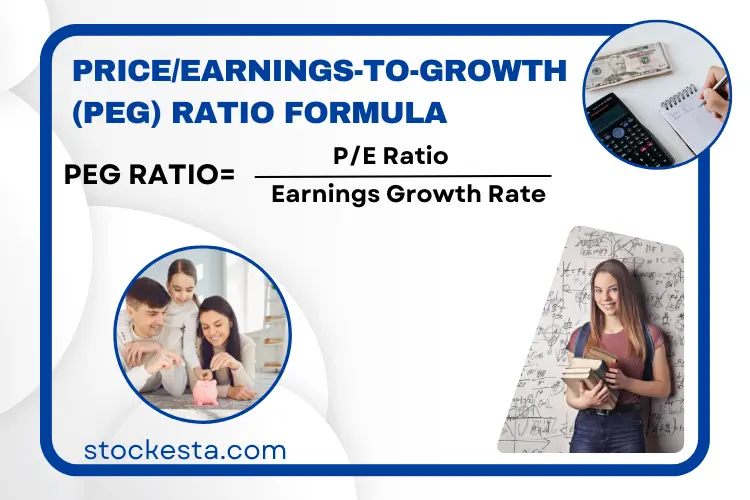Physical Address
304 North Cardinal St.
Dorchester Center, MA 02124
Physical Address
304 North Cardinal St.
Dorchester Center, MA 02124
Investing in the stock market can be both exciting and intimidating. One of the fundamental metrics that investors use to evaluate a company’s stock is the Price-to-Earnings (P/E) ratio. Understanding what a good P/E ratio is can be a critical factor in making informed investment decisions. In this blog, we will delve into the intricacies of the P/E ratio, what it means, how it is calculated, and how to interpret it. We will also explore the various types of P/E ratios and their limitations, helping you become a more informed and confident investor.
The Price-to-Earnings (P/E) ratio is a financial metric used to assess the relative value of a company’s stock. In simple terms, it tells you how much investors are willing to pay for each dollar of earnings generated by the company. The P/E ratio is a valuable tool for investors as it provides insight into the market’s perception of a company’s future earnings potential.
"Exciting news! Stockesta is now on WhatsApp and Telegram Channels 🚀 Subscribe today | Stay updated with the latest IPO insights!" Follow on Whatsapp! and Join Telegram!
The P/E ratio can be thought of as a measure of market sentiment. It reflects the collective opinion of investors about a company’s growth prospects, risk, and financial stability. A high P/E ratio typically suggests that investors are optimistic about the company’s future and are willing to pay a premium for its stock. Conversely, a low P/E ratio may indicate that investors are more cautious or pessimistic about the company’s prospects.
The P/E ratio is calculated by dividing the market price per share of a stock by its earnings per share (EPS). The formula is as follows:

P/E Ratio = \frac{Market Price per Share}{Earnings per Share}
Here, the market price per share is the current trading price of a company’s stock, and earnings per share is the company’s net income divided by the number of outstanding shares. The resulting number indicates how many times the market price investors are willing to pay for each dollar of earnings.
A high P/E ratio generally suggests that investors have high expectations for the company’s future earnings growth. However, a high P/E ratio can also be an indicator of overvaluation. It’s essential to assess the context and industry norms when interpreting a high P/E ratio. Some companies may legitimately command a high P/E ratio due to rapid growth potential or innovative products, while others may be overvalued.
Interpreting the P/E ratio involves considering several factors:
The P/E ratio can be calculated using either historical earnings (trailing P/E) or estimated future earnings (forward P/E). The forward P/E ratio is based on analysts’ forecasts for a company’s future earnings. It can provide a more forward-looking perspective on a stock’s valuation.
The trailing P/E ratio, on the other hand, is calculated using past earnings data. It reflects what investors have been willing to pay for the company’s earnings over the most recent 12 months. The trailing P/E is often used for historical analysis and comparison.
In some cases, a company may report a negative P/E ratio. This occurs when a company has negative earnings or losses, resulting in a negative denominator in the P/E formula. Negative P/E ratios can make it challenging to assess a company’s valuation because there are no earnings to justify a price. These situations require additional analysis, such as considering other financial metrics and the company’s prospects for turning a profit.
While the P/E ratio is a valuable tool, it has several limitations:
Earnings yield is the inverse of the P/E ratio and is calculated as follows:

Earnings Yield = \frac{Earnings per Share}{Market Price per Share}
Earnings yield is expressed as a percentage and represents the return an investor would earn on their investment if they paid the current market price for a stock. It’s useful for comparing the attractiveness of stocks to other investments like bonds or savings accounts.
The PEG ratio is a more comprehensive metric that combines the P/E ratio with a company’s expected earnings growth rate. It is calculated as follows:

[PEG Ratio = \frac{P/E Ratio}{Earnings Growth Rate}]
A PEG ratio below 1 is often considered a sign of a potentially undervalued stock, as it suggests that the stock’s price is not fully justified by its earnings growth. A PEG ratio above 1 may indicate an overvalued stock.
It’s important to note that there is no one-size-fits-all “good” P/E ratio. The ideal P/E ratio varies by industry, company size, and economic conditions. To gauge what might be a reasonable P/E ratio, investors often look at historical averages within a particular sector. By
comparing the current P/E to the historical norm, you can gain insights into whether a stock is relatively expensive or cheap at its current price.
The Price-to-Earnings (P/E) ratio is a critical tool for investors to assess a company’s stock valuation and market sentiment. Understanding what constitutes a “good” P/E ratio involves analyzing it in the context of industry peers, growth prospects, and market conditions. The choice between trailing and forward P/E ratios can provide different insights into a company’s valuation, while the PEG ratio offers a more comprehensive view by factoring in earnings growth. However, it’s essential to be aware of the limitations of the P/E ratio and to consider it in conjunction with other financial metrics and qualitative factors.
Ultimately, a “good” P/E ratio is one that aligns with your investment goals and risk tolerance, and that is supported by a thorough analysis of the company’s financial health and growth potential. Keep in mind that investing in the stock market involves risks, and no single metric can provide a complete picture of a company’s value. It’s crucial to conduct due diligence and seek professional advice if needed to make informed investment decisions.
The P/E (Price-to-Earnings) ratio is a financial metric that compares a company’s stock price to its earnings per share (EPS). It provides insight into how much investors are willing to pay for each Rupee of earnings generated by the company.
What constitutes a “good” P/E ratio can vary by industry and market conditions. In general, a lower P/E ratio (Good P/E ratio= 10<P/E ratio<20) may be considered attractive, but it’s essential to compare it with industry peers and historical averages to make a meaningful judgment.
The P/E ratio is calculated by dividing the market price per share by the earnings per share (EPS) of a company. The formula is P/E Ratio = Market Price per Share / Earnings per Share.
When assessing a company’s P/E ratio, consider factors like comparative analysis with industry peers, growth prospects, market conditions, historical trends, and your own risk tolerance.
Other financial metrics that can be used alongside the P/E ratio include the PEG (Price/Earnings-to-Growth) ratio, earnings yield (inverse of P/E), debt levels, earnings quality, and industry-specific metrics. These metrics provide a more comprehensive view of a company’s financial health and valuation.
"Exciting news! Stockesta is now on WhatsApp Channels 🚀 Subscribe today by clicking the link and stay updated with the latest IPO insights!" Click here!